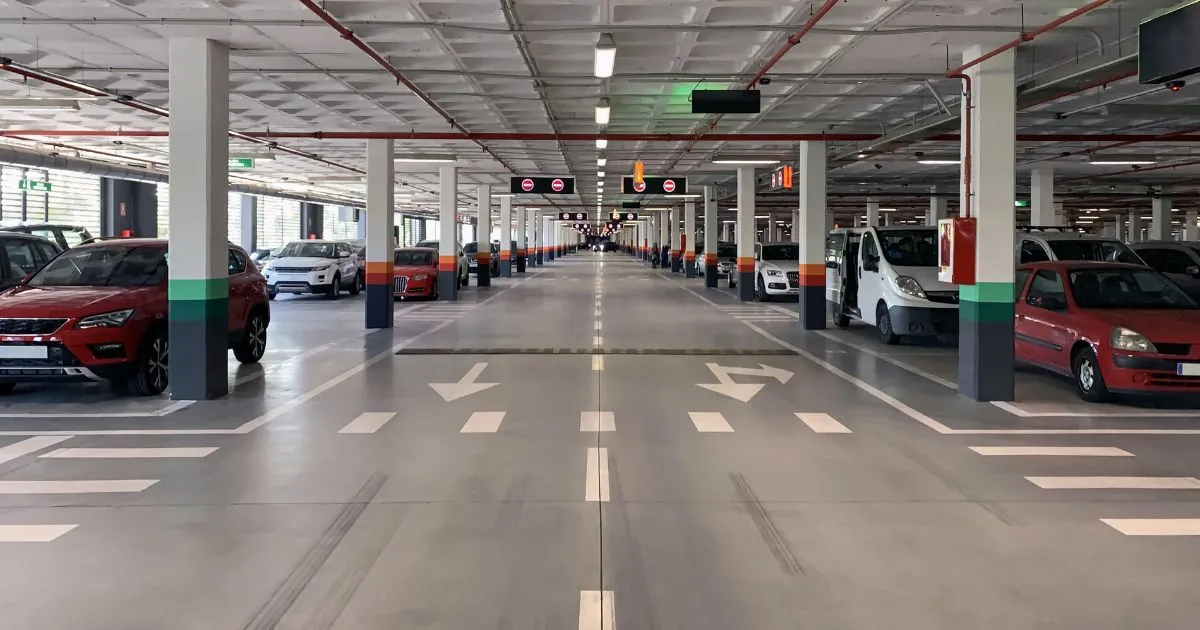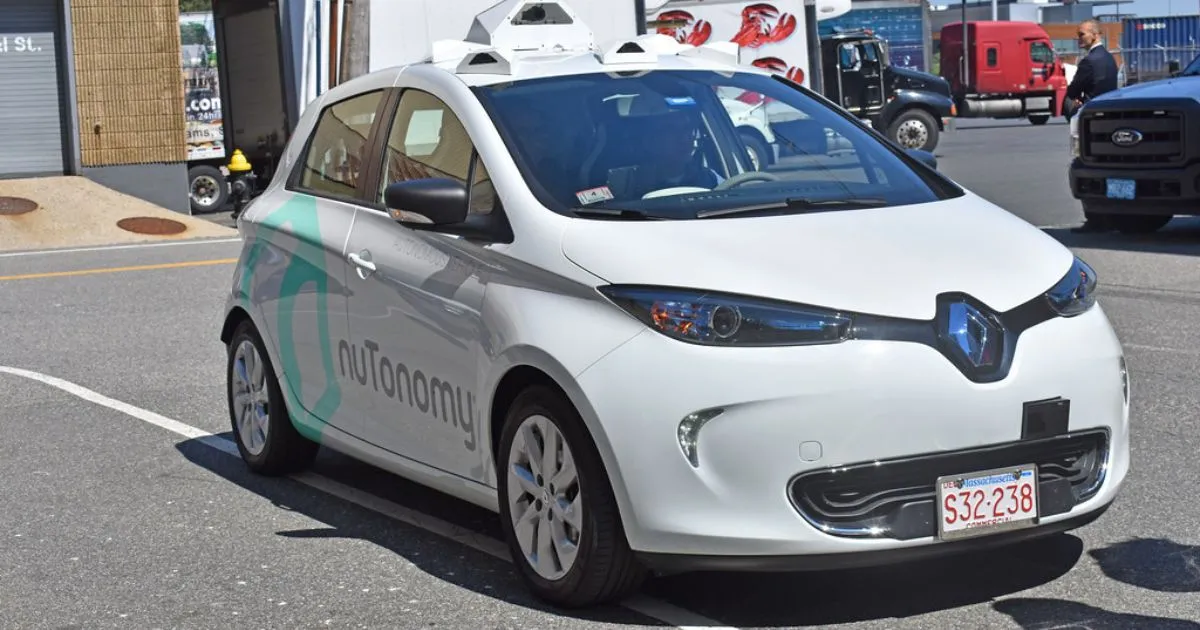The Future of Parking: Autonomous Vehicles and Their Implications
As autonomous vehicles and parking infrastructure continue to develop and move closer to mainstream adoption, their impact on various aspects of urban infrastructure is becoming more evident. One of the most significant areas affected by this shift is parking. The rise of self-driving cars is set to revolutionise how Australians access and use parking facilities, reducing demand for traditional car parks, and changing how cities manage vehicle storage. At Parking Made Easy, we've spent years helping Australians find affordable parking solutions, and we're closely monitoring how the autonomous revolution will transform the industry. In this article, we explore how AVs will reshape parking, the potential for automated parking systems, and the redesign of parking facilities to accommodate a driverless future.
The Decline of Traditional Parking Demand
Currently, Australian urban areas are filled with massive parking lots and multi-level parking garages designed to accommodate human-driven vehicles. However, with self-driving technology, the need for traditional parking will decrease for several reasons:
- Drop-Off and Pickup Models: AVs can drop passengers at their destinations and then relocate to a designated parking facility further away, reducing the need for prime urban parking spots.
- Shared and On-Demand Mobility: With AVs integrating into ride-sharing and mobility-as-a-service (MaaS) models, fewer cars will need to be parked at any given time, as more people will rely on automated transport services instead of private vehicle ownership.
- Efficient Parking Utilisation: Since AVs do not require immediate access to exits, they can park in more compact and optimised formations, eliminating the need for large spaces dedicated to doors opening and driver maneuverability.
According to a recent study by Infrastructure Australia, the widespread adoption of autonomous vehicles could reduce parking space requirements in Australian cities by up to 40% by 2035, freeing up valuable real estate for other uses.

The Rise of Automated Parking Systems
To accommodate AVs, new automated parking solutions are emerging across Australia, optimising space and reducing the inefficiencies of human-driven parking. Some of the anticipated advancements include:
Robotic Valet Parking
Automated parking systems, such as robotic valet parking services, will allow AVs to navigate into parking garages independently, using sensors and AI-driven software to park themselves efficiently. In my experience working with several Sydney property developers, interest in these systems has grown significantly in the past two years as they plan for future-proof building designs.
Vertical and Underground Parking Structures
Since AVs do not require quick access to entrances or exits, parking infrastructure will shift towards multi-level underground or vertical parking structures. As Daniel Battaglia, founder of Parking Made Easy, notes in his book: "While technology will continue to drive the parking experience, and in cities and communities the need for clean, open spaces will change where we park and what that parking looks like, there will still be areas where parking sits outside of these grand designs."
Redesigning Parking Facilities for an Autonomous Future
As AV adoption grows across Australia, traditional parking garages and car park facilities will require significant redesigns. Some of the key transformations include:
- Compact and Efficient Layouts: AV-focused parking structures will become more compact, with bumper-to-bumper or stacked formations.
- Repurposing Existing Parking Structures: Cities will explore repurposing these spaces into mixed-use developments, parks, or logistics hubs.
- Integration with EV Charging Infrastructure: Future parking lots and garages will function as charging hubs to support autonomous electric fleets.
Melbourne's recent urban planning guidelines now require new commercial developments to design parking structures that can be converted to other uses as parking demand potentially decreases with AV adoption. This forward-thinking approach demonstrates how Australian cities are preparing for the autonomous future.

The Environmental and Economic Impact
The shift towards AV-focused parking solutions will have profound environmental and economic benefits for Australian communities, including:
- Reduced land consumption, allowing for eco-friendly urban development.
- Lower carbon emissions through efficient parking management.
- Economic growth opportunities by reallocating parking real estate for businesses and public amenities.
A Transport for NSW research initiative found that converting just 15% of Sydney's current parking spaces to green spaces or commercial use could generate an additional $1.2 billion in economic activity annually. The environmental impact would be equally significant, with potential carbon emission reductions equivalent to removing 7,500 cars from the road.
Australian Perspective on AV Parking
Australia presents unique challenges and opportunities for AV parking solutions. Our sprawling suburban areas, combined with concentrated urban centers, require thoughtful implementation of autonomous parking technologies.
"A future where AVs primarily consist of automated taxis—a “shared mobility” model—rather than being individually owned would partially mitigate the parking challenges," according to a Transport Policy research on future transport infrastructure.
We've observed at Parking Made Easy that Australian parking facility operators are increasingly investing in technology that will facilitate the transition to autonomous vehicle accommodation. This includes sensor systems that can communicate with vehicles, flexible payment platforms, and redesigned access points that work with both human-driven and autonomous vehicles.

Preparing for the Autonomous Parking Revolution
For parking station operators and car park owners, preparing for the autonomous future requires strategic planning and investment. Key considerations include:
- Upgrading existing infrastructure with AV-compatible technology
- Developing flexible spaces that can adapt as the transition to AVs progresses
- Creating digital twins of parking facilities to simulate and optimize AV parking patterns
- Building partnerships with autonomous vehicle manufacturers to ensure compatibility
Property developers and local councils across Australia should begin incorporating these considerations into their planning processes now. With the first commercially available Level 4 autonomous vehicles expected on Australian roads by 2027-2030, the time to prepare is already here.
Conclusion: Embracing the Future of Parking
Autonomous vehicles are set to redefine parking spots and parking spaces as we know them, leading to smarter, more efficient, and environmentally friendly urban spaces. With the decline of traditional parking demand, the rise of automated parking systems, and the redesign of infrastructure, Australian cities have an opportunity to reclaim valuable land and enhance the quality of urban life.
The transition to AV-centric parking will not happen overnight, but forward-thinking businesses and councils that prepare for this shift will be at the forefront of a more sustainable and efficient transportation landscape. At Parking Made Easy, we're excited to be part of this transition, helping both drivers and property owners navigate the changing parking ecosystem.
Ready to learn more about innovative parking solutions? Sign up free to our platform and discover how you can be part of the parking revolution today.
**Daniel Battaglia, ParkingMadeEasy.com.au:** As part of the ParkingMadeEasy.com.au team with the assistance of Generative AI, Daniel Battaglia offers his experience in the car parking industry. He is dedicated to providing valuable information and resources to help you make smart parking choices and has been widely quoted in national media outlets. Connect with Daniel directly at daniel@parkingmadeeasy.com.au for further assistance.






